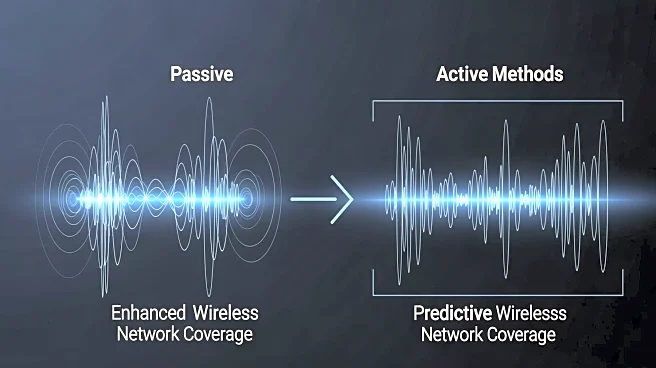What's Happening?
EdTech Magazine discusses the importance of wireless site surveys in optimizing network performance at universities. The article outlines three types of surveys: passive, active, and predictive. Passive surveys collect data on signal strength and interference,
active surveys measure performance metrics by connecting to the network, and predictive surveys use software to simulate network coverage. These surveys help universities manage complex Wi-Fi deployments and ensure reliable connectivity for students and staff.
Why It's Important?
Wireless site surveys are crucial for universities to maintain efficient and reliable network connectivity, which is essential for educational activities and digital transformation. By understanding network performance and interference, universities can optimize their infrastructure to support high-density device usage and improve user experience. This is particularly important as educational institutions increasingly rely on digital tools and online resources for teaching and learning.
What's Next?
Universities may continue to invest in advanced tools and technologies to conduct wireless site surveys and enhance network performance. As Wi-Fi standards evolve, institutions will need to adapt their infrastructure to accommodate new technologies and ensure seamless connectivity. Collaboration with technology providers and ongoing training for IT staff will be key to successfully managing network optimization efforts.
Beyond the Headlines
The focus on wireless site surveys reflects a broader trend towards digital transformation in education, where connectivity plays a pivotal role in enabling innovative teaching methods and remote learning. It also highlights the challenges of managing complex network environments and the need for strategic planning to address future demands. The integration of predictive analytics and advanced tools in network management could lead to more efficient and proactive approaches to infrastructure development.













